Courtauld Gallery reopening 2021: The art world’s favourite treasures
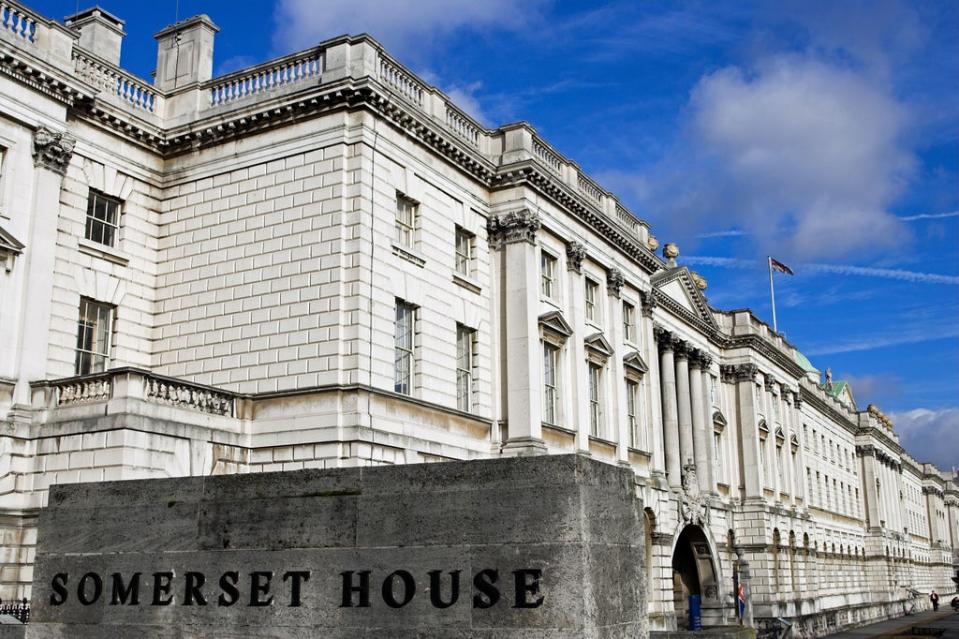
After three years and £57 million, today the Courtauld Gallery has announced its reopening date of November 19, with tickets going on sale to the public. The gallery, which houses masterpieces dating from the middle ages to 20th century (and now later, with a major new contemporary commission from the painter Cecily Brown), including arguably Britain’s finest collection of Impressionist and Post-Impressionist art, has undergone the most significant transformation in its history.
All the things that were a total nightmare in this beautiful, historic but unhelpfully configured building before, such as step-free access, have been improved, and the stunning collection has been rehung, enabling the display of rarely shown works such as the great Austrian Expressionist Oskar Kokoshka’s epic, eight-foot-long composition The Myth of Prometheus, and bringing together collections, such as the outstanding group of modernist drawings donated to the gallery by Linda, widow of the collector Howard Karshan, for display as a group for the first time.
But it’s the Courtauld’s own, established collection that should be reason enough for you to buy your tickets today. Works by Manet, Monet, Renoir and Degas; Bruegel, Cranach, Botticelli and Michelangelo; Gainsborough, Rubens, Goya and Van Gogh; Vanessa Bell, Duncan Grant, Frank Auerbach, Cézanne. You get the idea. It’s one of those places where you go, “Oh! Wow. I didn’t realise they had that.” Here, Courtauld alumni from the top of the art world and beyond choose their favourite works from the gallery’s fabulous collection.
Gabriele Finaldi, director of the National Gallery
Pieter Bruegel the Elder (ca. 1525-1569), Christ and the Woman taken in Adultery, 1565

Two out of three paintings by Pieter Bruegel the Elder in British museums are in the Courtauld Gallery. This one looks like a drawing but it supremely skilfully painted in shades of grey. It is small in size but huge in the implications of its subject matter, a miniature masterpiece about hypocrisy and mercy. Everyone was keen on stoning the adulterous woman until Jesus began writing on the ground, “Whoever is free of sin should case the first stone”. Bruegel wrote the words in Dutch. She looks lovingly at the kneeling Christ. Men young and old – and a woman, too, if you look carefully – begin to melt away into the shadows.
Charlie Casely-Hayford, fashion designer
Paul Cézanne (1839-1906), The Card Players, 1892-1896

Cézanne‘s The Card Players is my favourite work of art within the collection. It’s the gravitas of the players, their intensity and familiarity as we invade their personal space that I’ve always loved. It’s confrontational but there is equally a gentleness to their portrayal. It’s something that has always resonated with me - the duality of a moment captured that is everlasting, and talks of a strength and completeness from either side of the table as the pair seem content within their own thoughts and detached from the other, linked only through their tranquillity and solitude.
Aindrea Emelife, curator and presenter
Paul Cézanne, (1839-1906), Still Life with Plaster Cupid, c.1894
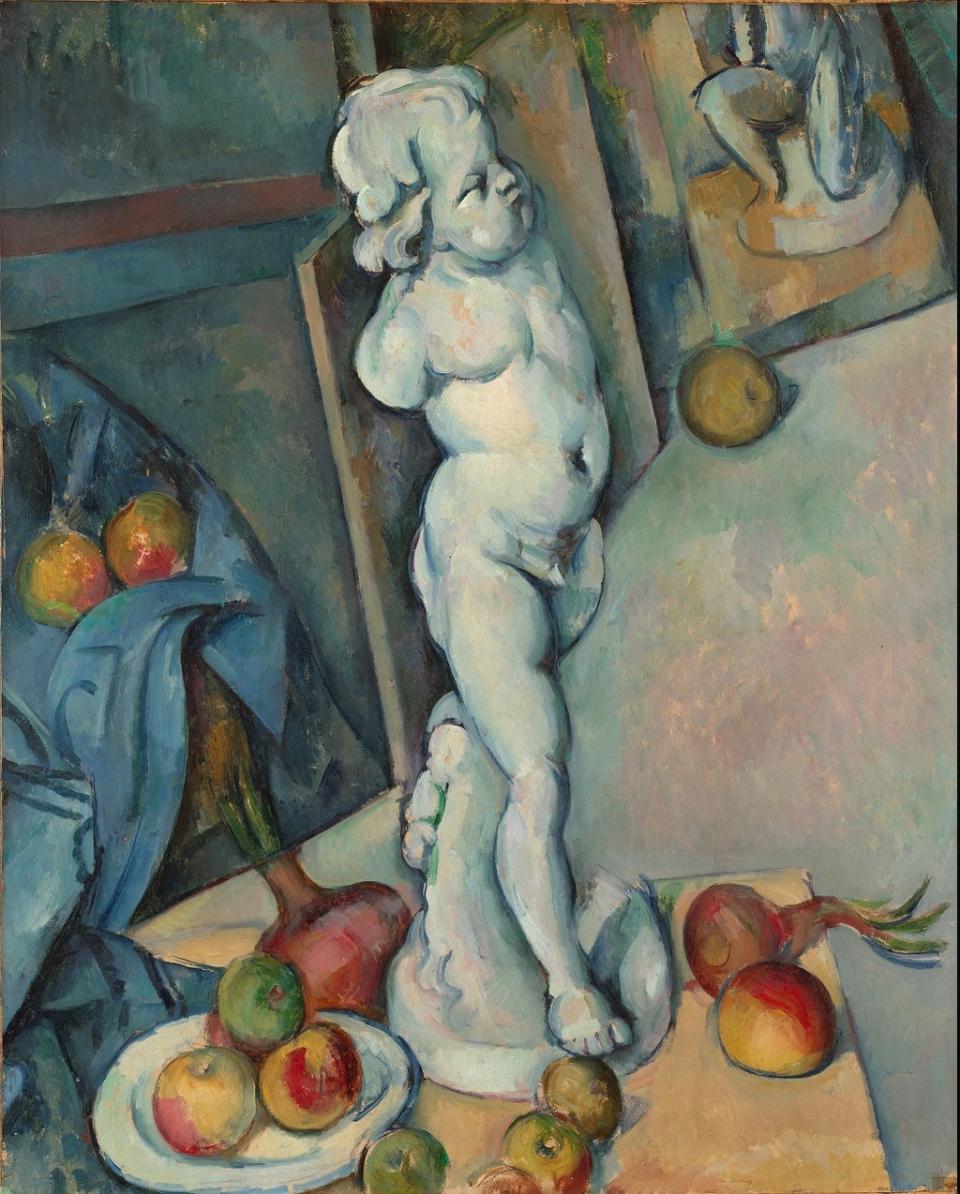
What a curious painting. One of Cézanne’s late still lifes, the painting is grounded by the plaster Cupid. As our eyes dart around the canvas, the arrangement of the figures becomes more ambiguous. The artist is playing a game with us: complicating composition, scale and gravity. A green apple seems on the brink of rolling out of the canvas into reality, as canvases stack up as the floor ascends. The drapery in the corner seems to merge into the painterly confines of the canvas. Dramatic and theatrical, the artificiality is emphasised and luxuriated in. Cézanne wants us to question our eyes, what we see and what we believe. What better way to comment on the illusion of artifice and the power of painting?
Joachim Pissarro, art historian
Camille Pissarro (1830-1903), Lordship Lane, Dulwich, 1871
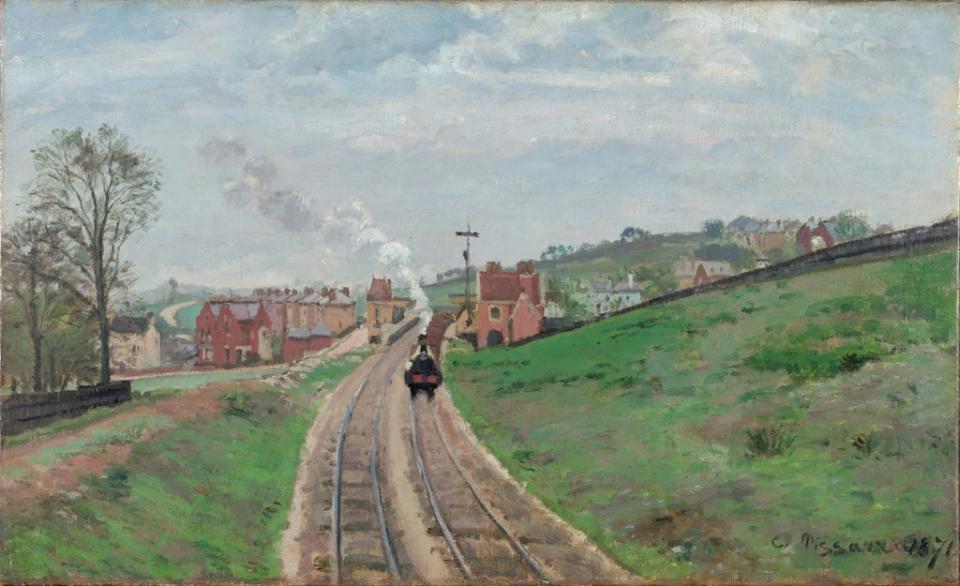
Pissarro - my great-grandfather - fled to London from the Prussian War and the city turned out to be a site of revelation for him in deep personal and artistic ways. One could say that he discovered modernity there, in the sense of pursuit of freedom away from traditions. He found in London a place where he married his wife, against parental disapproval, and he also discovered a space of gestation of his own free sensations.
Pissarro’s painting Lordship Lane Station, Dulwich incarnates Baudelaire’s powerful definition of modernity: “Modernity is the transient, the fleeting, the contingent; it is one half of art, the other being the eternal and immovable.” No other work by Pissarro had presented more cogently these sets of contrasts; it is a painting that is deeply anchored on earth and at the same time aerial, it is balanced and structured and at the same time unsettled, it is threatening with this train coming straight at us and at the same time alluring. Pissarro celebrates the arousal of a new modern world in England, and his own sincere sensations, into a masterful vision and composition.
Beth Greenacre, director of The Stand
Vanessa Bell, A Conversation (1913-16)
A Conversation by Vanessa Bell represents many things for me. A close group of women are seen deep in conversation; they are confidantes, each supporting and encouraging the other. As a major figure within the progressive Bloomsbury Group, Vanessa Bell enjoyed the solidarity of her close circle of friends; together they shunned accepted structures of thought and societal norms of the day. As artists they were united in their difference; they did not stick to one style but encouraged the individual voice whilst assuming all parts equal. In this painting details are reduced, and instead intimacy, camaraderie and equality are conveyed via the balanced configuration of forms.
It reminds me of what makes my friendships, and especially those with my close girlfriends, so vital, whilst encouraging me to reflect on the values which were important to me from an early age.
Max Porter, author
Édouard Manet (1832–1883), A Bar at the Folies-Bergère, 1882
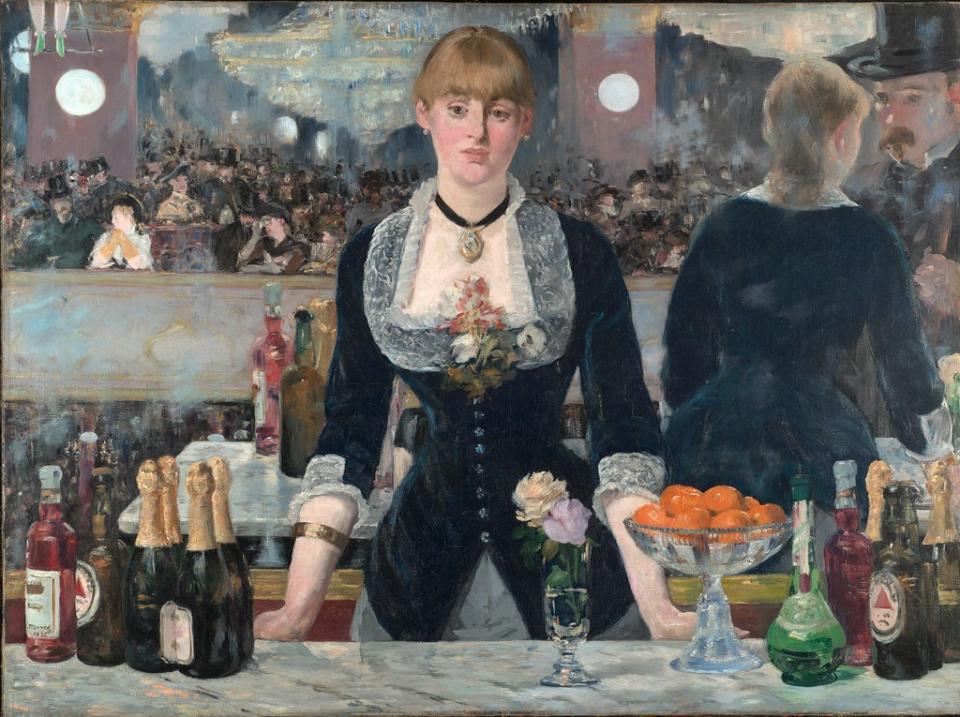
Manet’s A Bar at the Folies-Bergère is my favourite work in the Courtauld because it’s where I was taught to really look at a painting. I was a fresh-faced undergraduate in the year 2001 and felt I had a pretty good sense of what the very famous picture was about. Then I spent two hours in front of it with a remarkable art historian and wonderful teacher, the late John House, and realised I knew nothing. He taught me how to look, how to unpack an image, how to embrace complexity and ambivalence. It was a miraculous gift to be given. I could spend all day looking at that picture.
Jann Haworth, artist
Paul Cézanne (1839-1906), Apples, bottle and chairback, (c. 1904-1906)
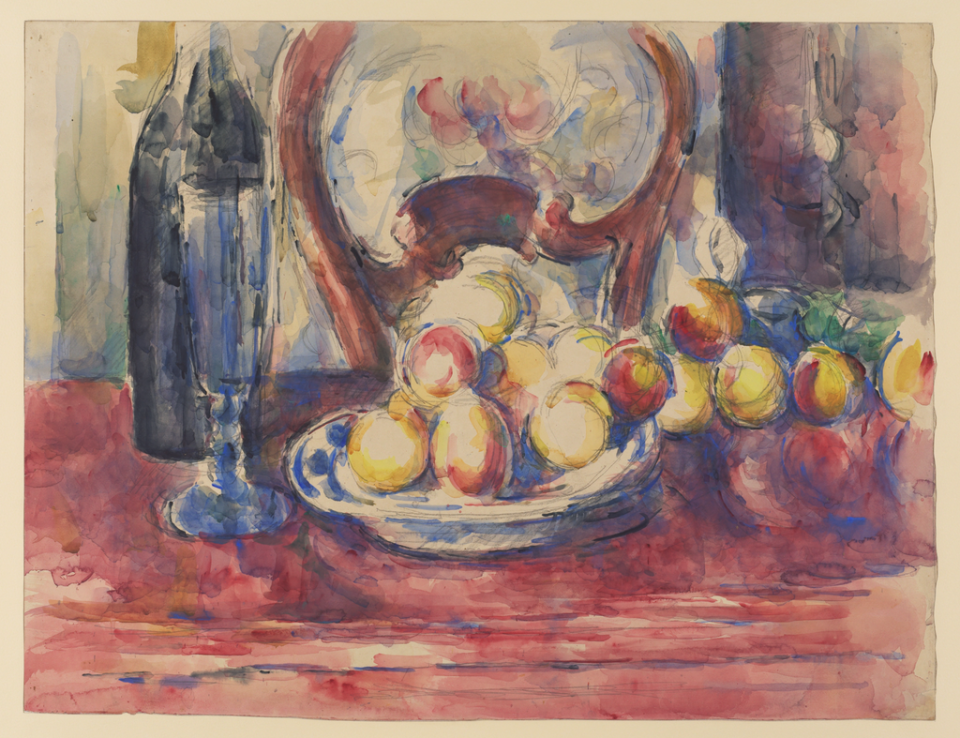
This is the painting in the Courtauld Collection that I would like to mention, as it made my mother cry. It is a painting with apples. She passed through the collection, paused at the Cézanne, and she inexplicably burst into tears. Confused, she passed to other paintings before returning, puzzled, to the apples… and the same thing happened. She had no explanation for this. My mother Miriam Haworth was an artist in her own right from childhood until her death at 94. I have an odd connection to the Cézannes, in that my father’s third wife lived in Cézanne’s last home, Jas de Bouffan in Aix. I slept in the bedroom next to his studio.
Nick Cullinan, director of the National Portrait Gallery
Vincent Van Gogh (1853-1890), Self Portrait with Bandaged Ear, 1889
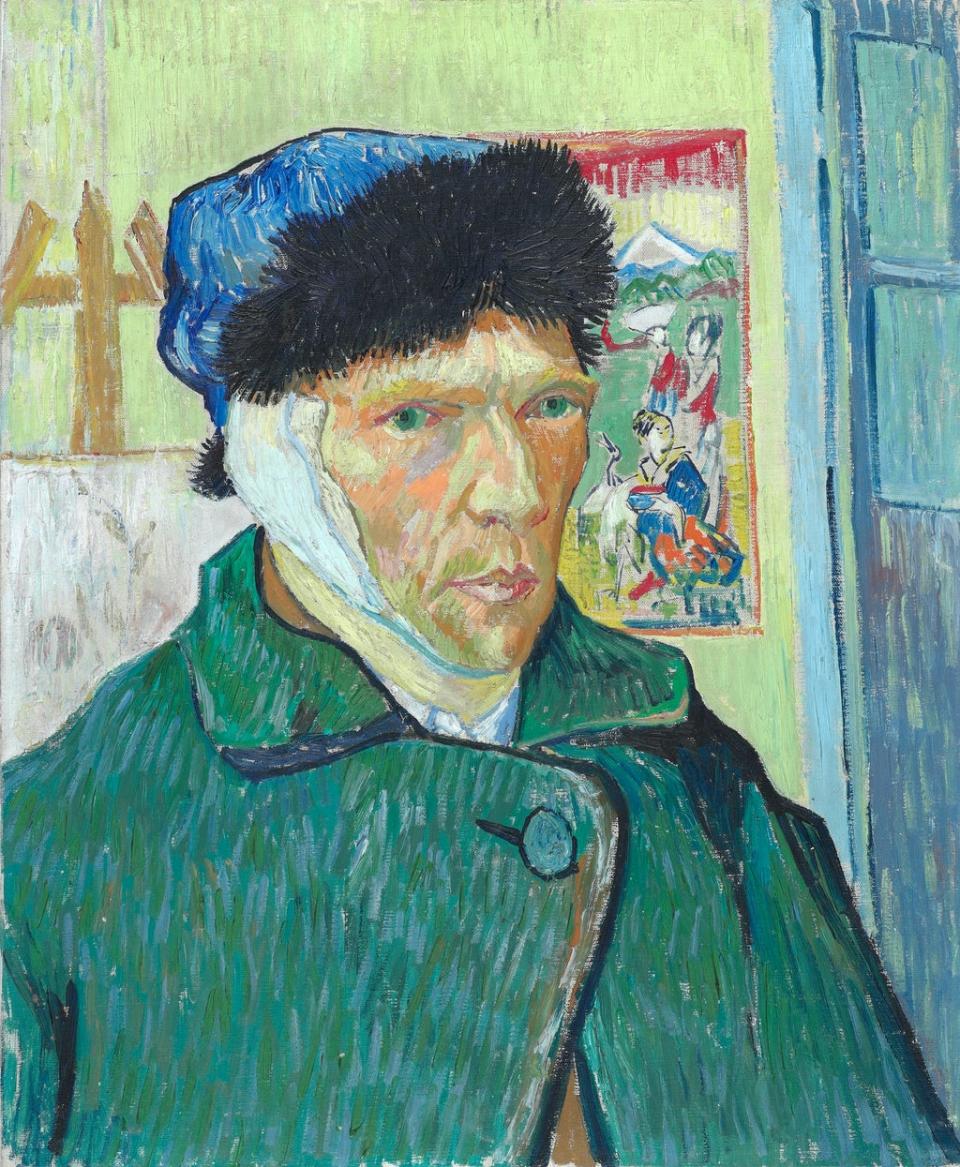
It’s hard to choose a single work among the Courtauld’s extraordinary collection, but this one stands out for me. It was painted at a pivotal time in his life – just a week after he left hospital having infamously cut off most of his left ear following an argument with Gauguin. The bandage around his ear, the fur cap holding it in place and to protect against the winter cold, his haunting gaze, and the fact that he is positioned between an easel holding a canvas only just begun and one of his beloved Japanese woodblocks, shows an artist at a crossroads, just a year before his death. I live near the Van Gogh House in Stockwell where he lived between 1873-4, so think about him often. I can’t wait to see the Courtauld’s exhibition of his self-portraits next year.
Jennifer Scott, director of Dulwich Picture Gallery
Bernardo Daddi (c. 1280 – 1348), Triptych: The Virgin and Child Enthroned with Saints, 1338
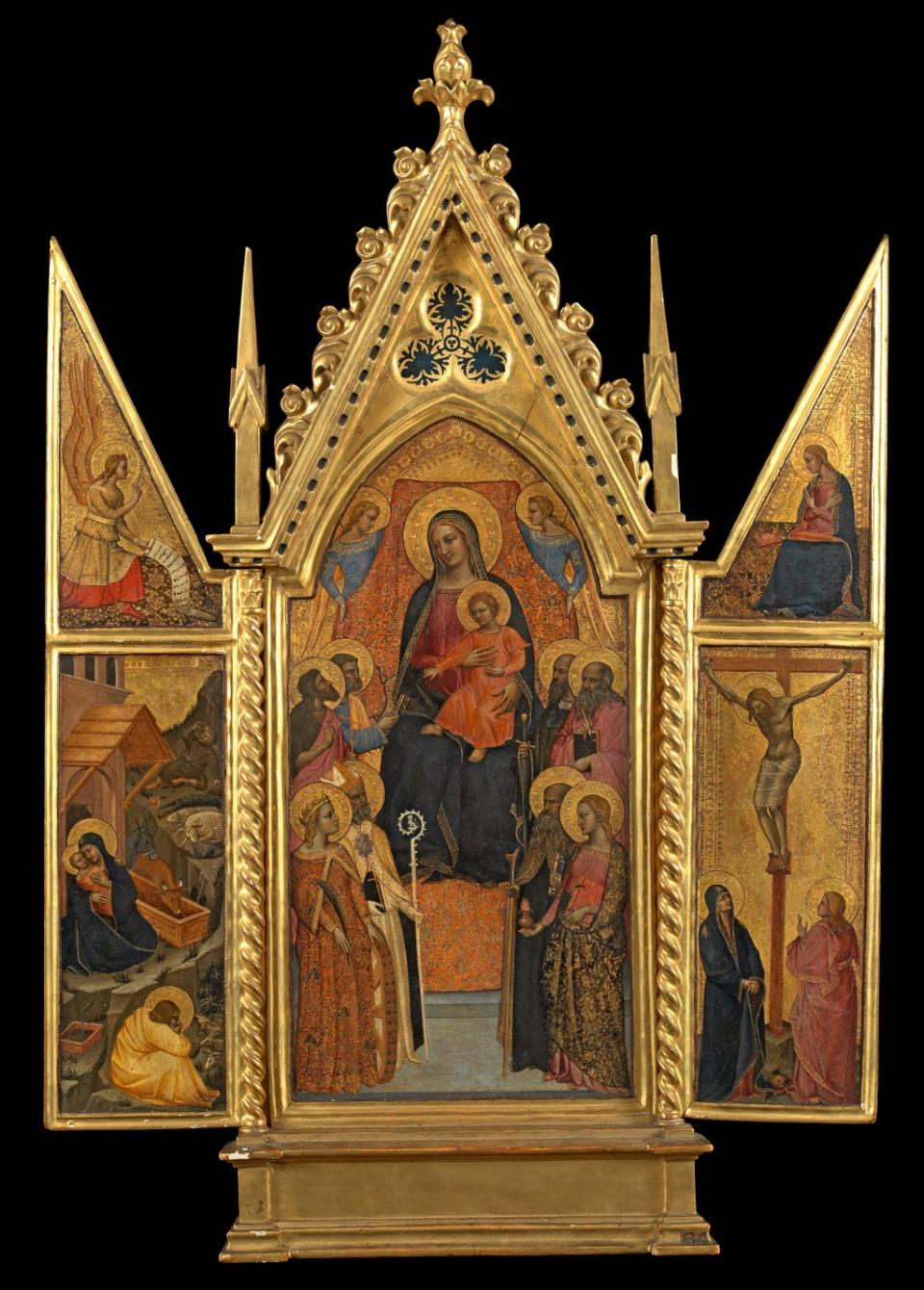
Twenty years ago, I chose this exquisite painting for my first public talk, and it remains close to my heart. Across every surface, Daddi described complex religious stories in an engaging, characterful way. The interior left wing is my favourite: a Nativity scene with St Joseph sitting in isolated confusion while the Virgin Mary is enchanted with her new baby.
Within a 14th-century Florentine house, the decorative gilded surface would have glittered in candlelight, inspiring the viewer to meditate. I can’t wait to see it in the renewed Courtauld Gallery where it will continue to captivate and delight us all.
Tim Marlow, director and CEO of the Design Museum
Peter Paul Rubens (1577-1640), The Descent from the Cross, 1611
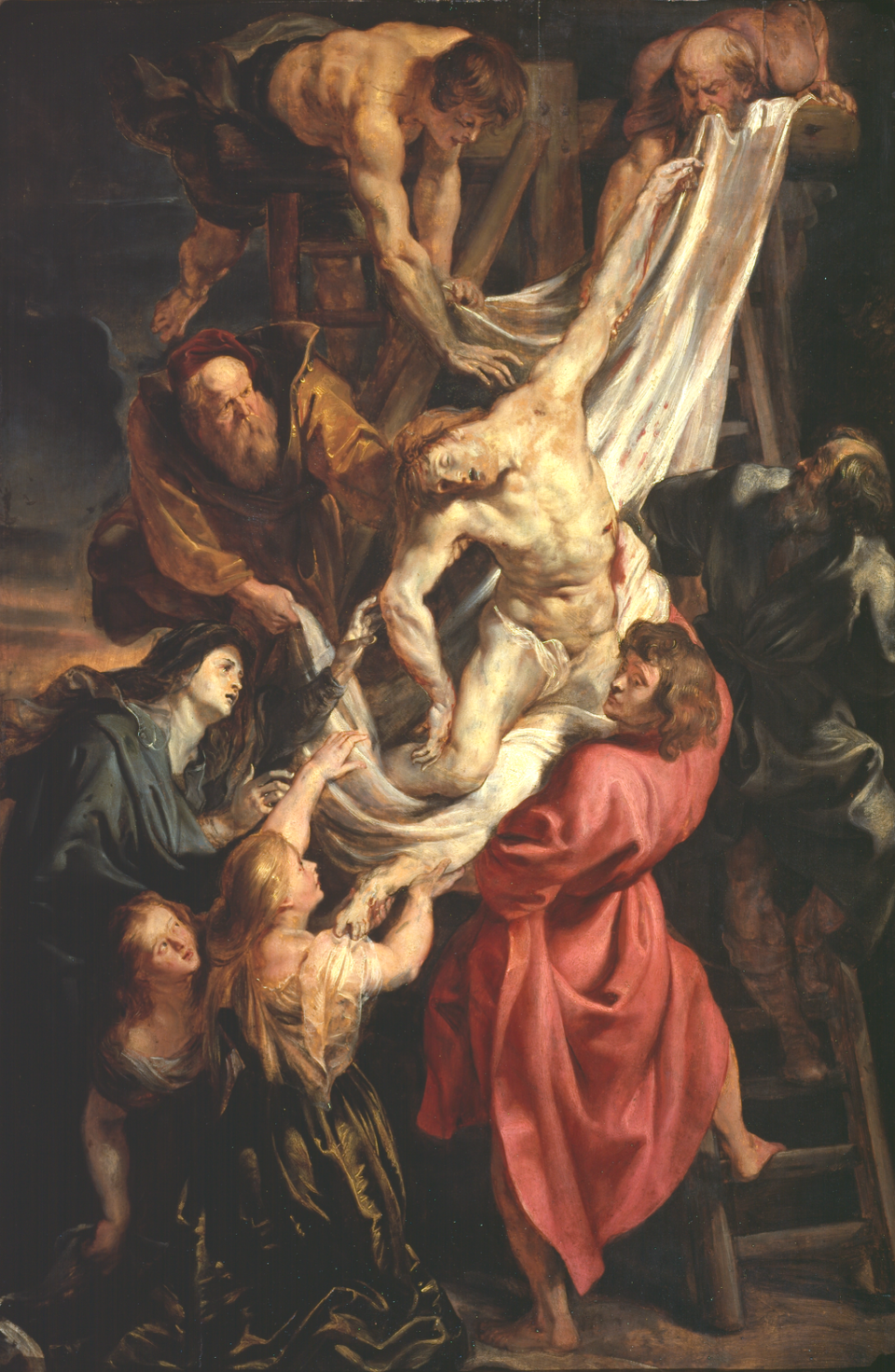
It’s easy to overlook this preparatory work painted by Rubens before he created one of the great altarpieces in Western art in Anwerp cathedral – I know I did. But I then saw a sculpture by the great Anthony Caro which took Ruben’s epic vision of the Descent from the Cross in paint as a starting point and re-examined it in welded steel and it made me look again. I began to understand both the visceral drama of Ruben’s vision as the life force seems almost literally to drain out of the painting and the immense physicality of his painterly process which is even more immediate in the Courtauld’s oil sketches.
The Courtauld Gallery reopens on November 19; tickets go on sale today at courtauld.ac.uk/gallery
Read More
Tristram Hunt: how a new Young V&A will inspire London’s creative kids
Turner Prize review: Commendable attempt to harness grassroots spirit

 Yahoo News
Yahoo News 